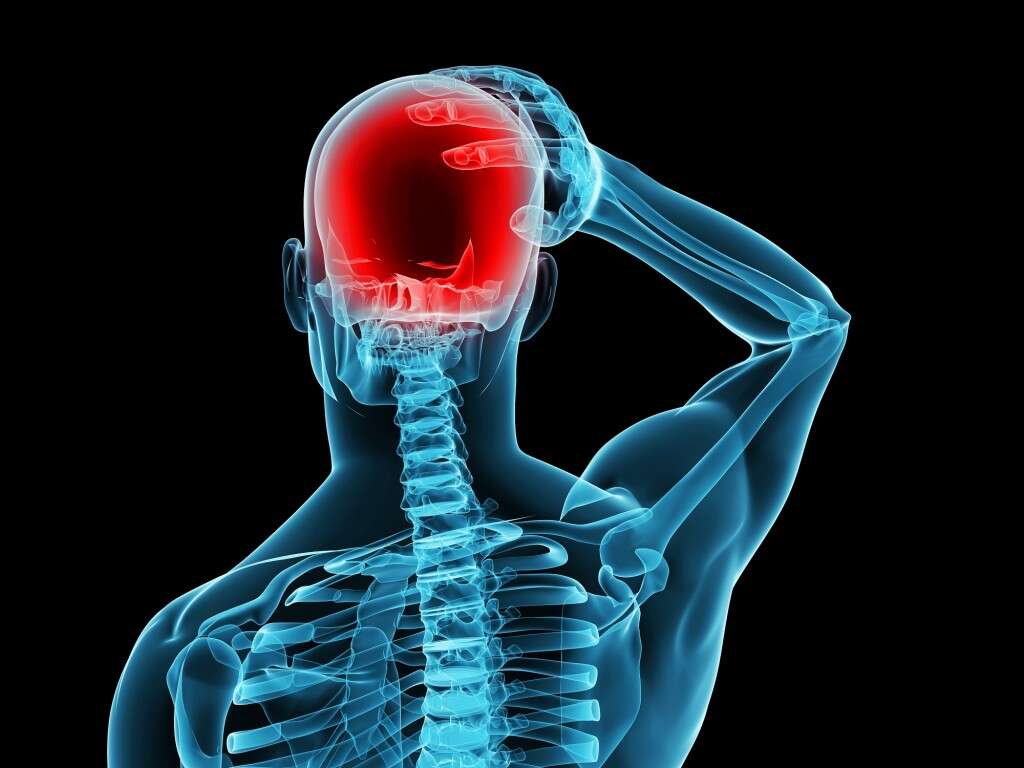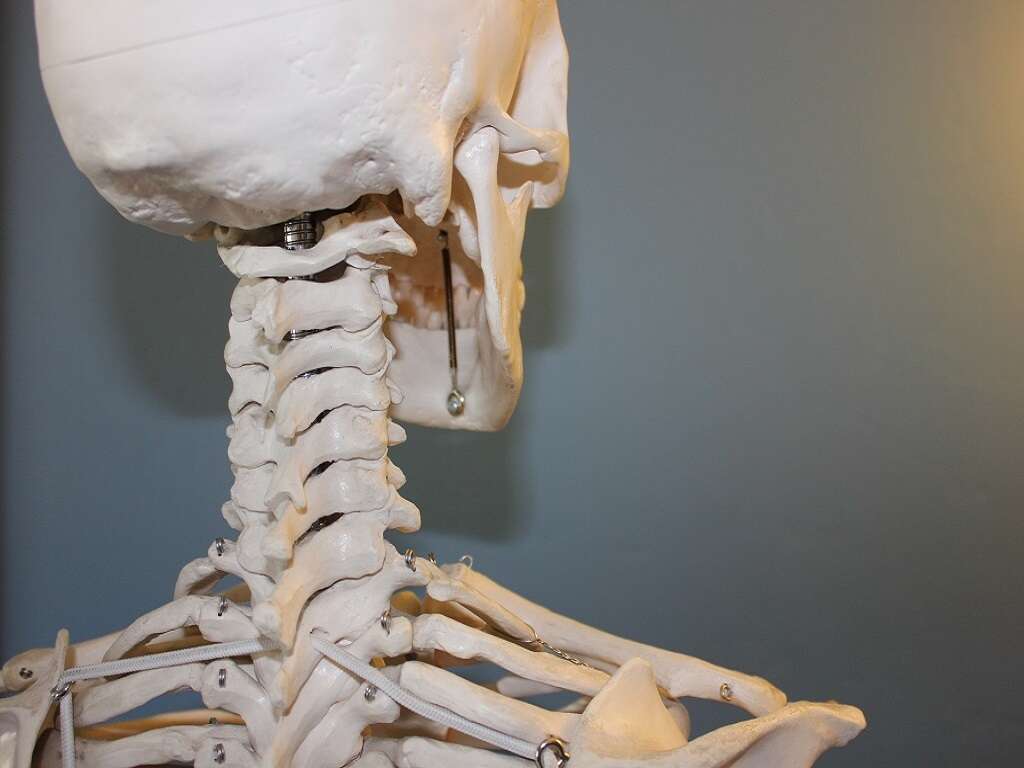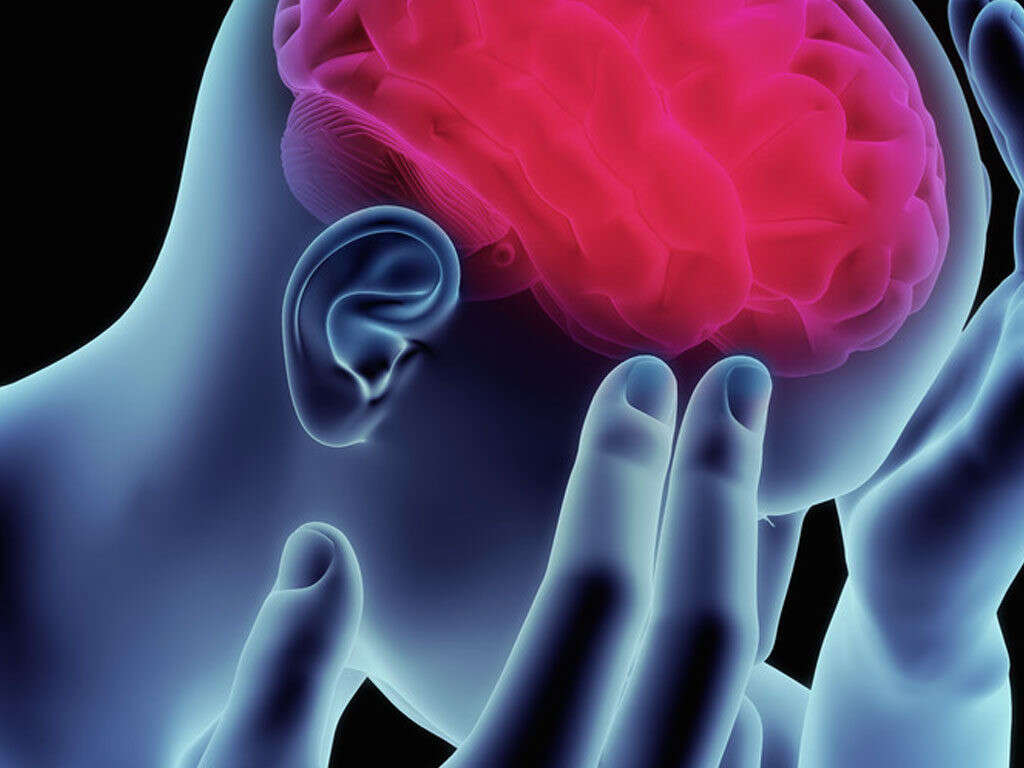Microcephaly Definition, Causes and More
 Article Sources
Article Sources
- 1. 'Microcephaly.' Mayo Clinic, Mayo Foundation for Medical Education and Research, 25 June 2020, www.mayoclinic.org/diseases-conditions/microcephaly/symptoms-causes/syc-20375051.
- 2. 'Microcephaly: Boston Children's Hospital. Boston Childrens Hospital, www.childrenshospital.org/conditions-and-treatments/conditions/m/microcephaly.
- 3. 'Default - Stanford Children's Health.' Stanford Children's Health - Lucile Packard Children's Hospital Stanford, www.stanfordchildrens.org/en/topic/default?id=microcephaly-90-P02610.
- 4. Hanzlik, Emily, and Joseph Gigante. 'Microcephaly.' Children (Basel, Switzerland), MDPI, 9 June 2017, www.ncbi.nlm.nih.gov/pmc/articles/PMC5483622/.
- 5. 'Facts about Microcephaly.' Centers for Disease Control and Prevention, Centers for Disease Control and Prevention, 23 Oct. 2020, www.cdc.gov/ncbddd/birthdefects/microcephaly.html.
- 6. 'Microcephaly: Symptoms and Causes: Boston Children's Hospital.' Boston Childrens Hospital, www.childrenshospital.org/conditions-and-treatments/conditions/m/microcephaly/symptoms-and-causes.
- 7. 'Microcephaly: Treatments: Boston Children's Hospital.' Boston Childrens Hospital, www.childrenshospital.org/conditions-and-treatments/conditions/m/microcephaly/treatments.
- 8. 'Microcephaly: Frequently Asked Questions: Boston Children's Hospital.' Boston Childrens Hospital, www.childrenshospital.org/conditions-and-treatments/conditions/m/microcephaly/frequently-asked-questions.
- 9. 'Facts about Craniosynostosis.' Centers for Disease Control and Prevention, Centers for Disease Control and Prevention, 23 Oct. 2020, www.cdc.gov/ncbddd/birthdefects/craniosynostosis.html.
- 10. 'Craniosynostosis.' Mayo Clinic, Mayo Foundation for Medical Education and Research, 13 Dec. 2019, www.mayoclinic.org/diseases-conditions/craniosynostosis/diagnosis-treatment/drc-20354517.
Craniosynostosis
Craniosynostosis is a form of microcephaly in which the bones in a baby's skull fuse before the brain has fully formed. As the brain continues to grow, the skull may become misshapen, and pressure builds on the brain, sometimes leading to blindness, seizures or brain damage.
The cause of craniosynostosis may be genetic or related to foods and medications an expectant mother ingests during pregnancy. Women with thyroid disease and those taking fertility drug clomiphene citrate are more likely to have babies with craniosynostosis.9‘Facts about Craniosynostosis.’ Centers for Disease Control and Prevention, Centers for Disease Control and Prevention, 23 Oct. 2020, www.cdc.gov/ncbddd/birthdefects/craniosynostosis.html.
Advertisement











